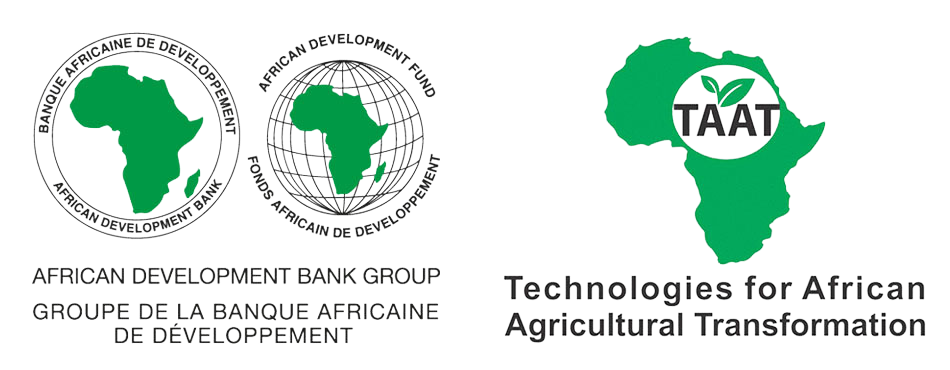

From Waste to Resource
The utilization of banana and plantain peels presents a valuable opportunity to minimize waste while providing an organic resource with diverse applications. These peels, whether used as animal feed, organic soil input, or ingredients in cooking and various products, offer a sustainable solution to the disposal of fruit peels. Proper processing, such as sun drying, detoxifies the peels, making them suitable for animal consumption, and the high starch content makes them a valuable energy source. Harnessing the potential of these peels contributes to both resource efficiency and waste reduction in regions where plantains and cooking bananas are staples.
This technology is TAAT1 validated.
Larger multi-channel 2.0 kWatt machines
Open source / open access
Waste Accumulation: Banana and plantain peels are abundant due to their staple status, leading to massive waste accumulation, especially in urban areas.
Feed Quality Concerns: Concerns exist regarding the chemical composition and nutrient ratios of peels when used as animal feed, particularly regarding tannins and oxalates, which can have deleterious effects on animals.
Feed Processing Challenges: Green banana and plantain peels are difficult to remove, requiring specialized machinery, and raw peels may contain anti-nutritional compounds that need to be detoxified through processes like sun drying, fermentation, or treatment with alkali.
Nutritional Value Variation: The nutritional composition of peels varies with ripeness, with unripe peels containing more starch and ripe peels having higher potassium content. Additionally, the crude protein content of banana peels is low, necessitating supplementation for optimal animal performance.
Utilization Challenges: Lack of understanding about the value and processing of peels results in their wasteful accumulation, highlighting the need for awareness and education on their diverse applications.
Processing Methods: Various processing methods, such as sun drying, silage making, and composting, are required to detoxify peels for animal consumption and maximize their utility as organic resources.
Animal Feed: They serve as valuable components in animal diets, particularly for livestock and poultry.
Utilizing the Peels as Feed and Organic Resource technology decreases dependency on costly commercial feed and fosters sustainability. It promotes the efficient utilization of agricultural by-products like peels, diminishing waste and endorsing eco-friendly practices. Composting peels enhances soil vitality, amplifies crop yields, and contributes to carbon sequestration, bolstering climate resilience.
For budget estimation, consider the following information:
Collaborate with agricultural development institutions to facilitate widespread adoption of the technology.
The poor: Positive medium
Under 18: Positive medium
Women: Positive medium
Climate adaptability: Highly adaptable
Farmer climate change readiness: Significant improvement
Biodiversity: Positive impact on biodiversity
Carbon footprint: A bit less carbon released
Environmental health: Greatly improves environmental health
Soil quality: Does not affect soil health and fertility
Water use: A bit less water used
Scaling Readiness describes how complete a technology’s development is and its ability to be scaled. It produces a score that measures a technology’s readiness along two axes: the level of maturity of the idea itself, and the level to which the technology has been used so far.
Each axis goes from 0 to 9 where 9 is the “ready-to-scale” status. For each technology profile in the e-catalogs we have documented the scaling readiness status from evidence given by the technology providers. The e-catalogs only showcase technologies for which the scaling readiness score is at least 8 for maturity of the idea and 7 for the level of use.
The graph below represents visually the scaling readiness status for this technology, you can see the label of each level by hovering your mouse cursor on the number.
Read more about scaling readiness ›
Semi-controlled environment: prototype
Used by some intended users, in the real world
| Maturity of the idea | Level of use | |||||||||
| 9 | ||||||||||
| 8 | ||||||||||
| 7 | ||||||||||
| 6 | ||||||||||
| 5 | ||||||||||
| 4 | ||||||||||
| 3 | ||||||||||
| 2 | ||||||||||
| 1 | ||||||||||
| 1 | 2 | 3 | 4 | 5 | 6 | 7 | 8 | 9 | ||
| Country | Testing ongoing | Tested | Adopted |
|---|---|---|---|
| Benin | –No ongoing testing | Tested | Adopted |
| Burkina Faso | –No ongoing testing | Tested | Adopted |
| Burundi | –No ongoing testing | Tested | Adopted |
| Cameroon | –No ongoing testing | Tested | Adopted |
| Côte d’Ivoire | –No ongoing testing | Tested | Adopted |
| Democratic Republic of the Congo | –No ongoing testing | Tested | Adopted |
| Equatorial Guinea | –No ongoing testing | Tested | Adopted |
| Ethiopia | –No ongoing testing | Tested | Adopted |
| Ghana | –No ongoing testing | Tested | Adopted |
| Kenya | –No ongoing testing | Tested | Adopted |
| Malawi | –No ongoing testing | Tested | Adopted |
| Mali | –No ongoing testing | Tested | Adopted |
| Nigeria | –No ongoing testing | Tested | Adopted |
| Rwanda | –No ongoing testing | Tested | Adopted |
| Sierra Leone | –No ongoing testing | Tested | Adopted |
| Somalia | –No ongoing testing | Tested | Adopted |
| Tanzania | –No ongoing testing | Tested | Adopted |
| Togo | –No ongoing testing | Tested | Adopted |
| Uganda | –No ongoing testing | Tested | Adopted |
| Zambia | –No ongoing testing | Tested | Adopted |
This technology can be used in the colored agro-ecological zones. Any zones shown in white are not suitable for this technology.
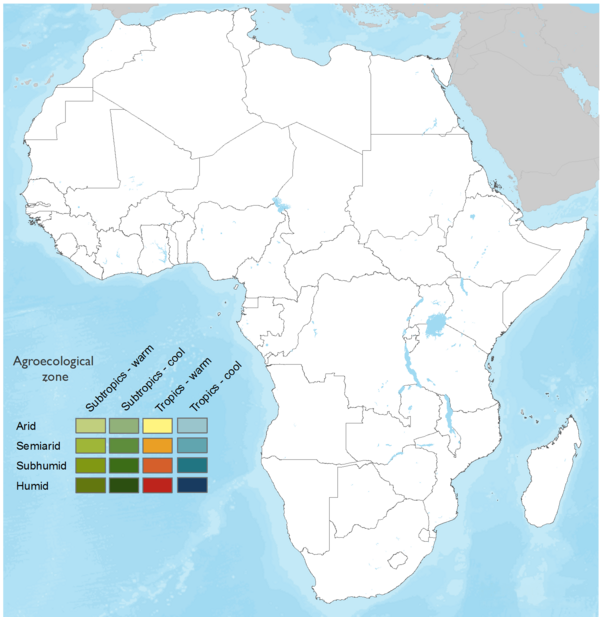

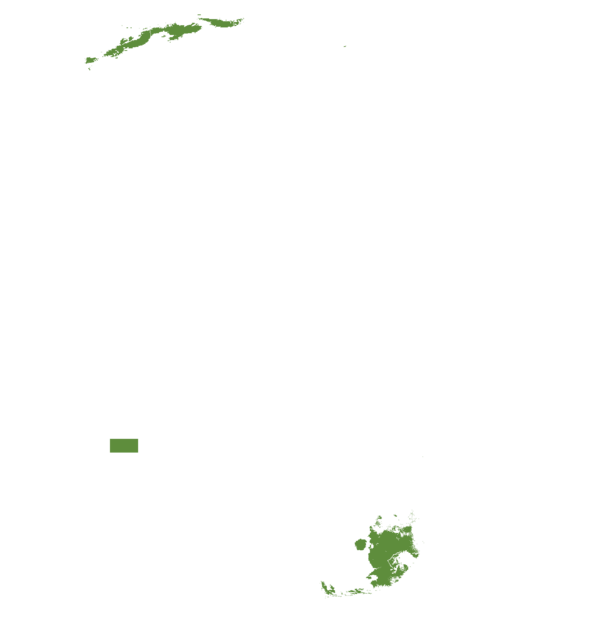
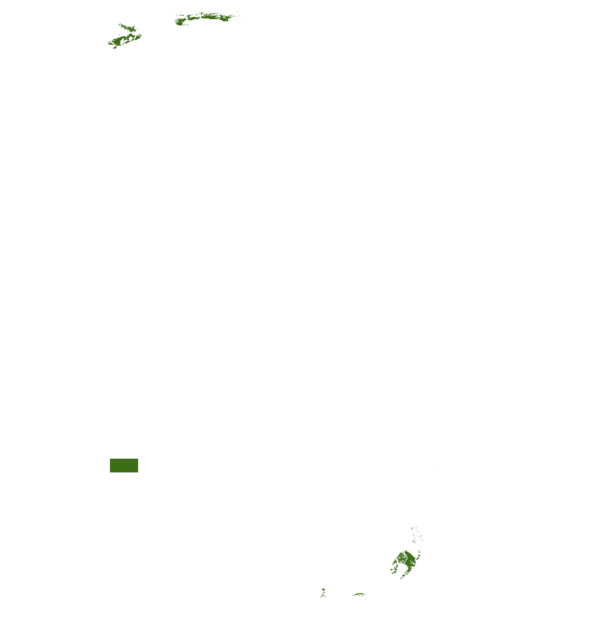



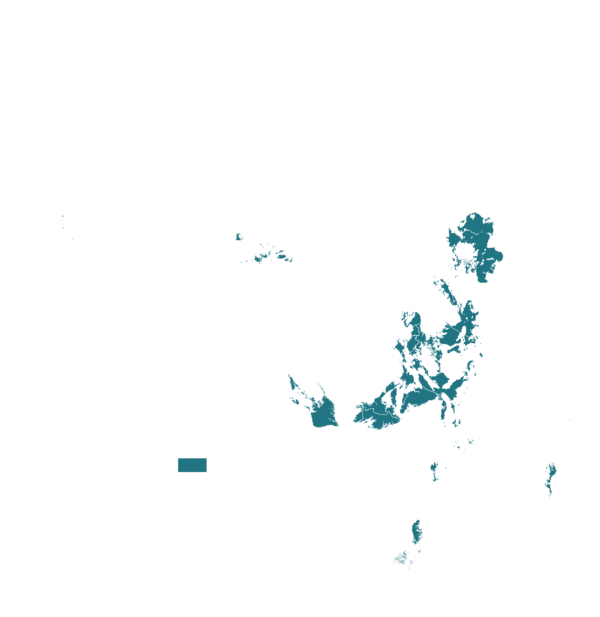

| AEZ | Subtropic - warm | Subtropic - cool | Tropic - warm | Tropic - cool |
|---|---|---|---|---|
| Arid | – | – | – | – |
| Semiarid | – | – | ||
| Subhumid | – | – | ||
| Humid |
Source: HarvestChoice/IFPRI 2009
The United Nations Sustainable Development Goals that are applicable to this technology.

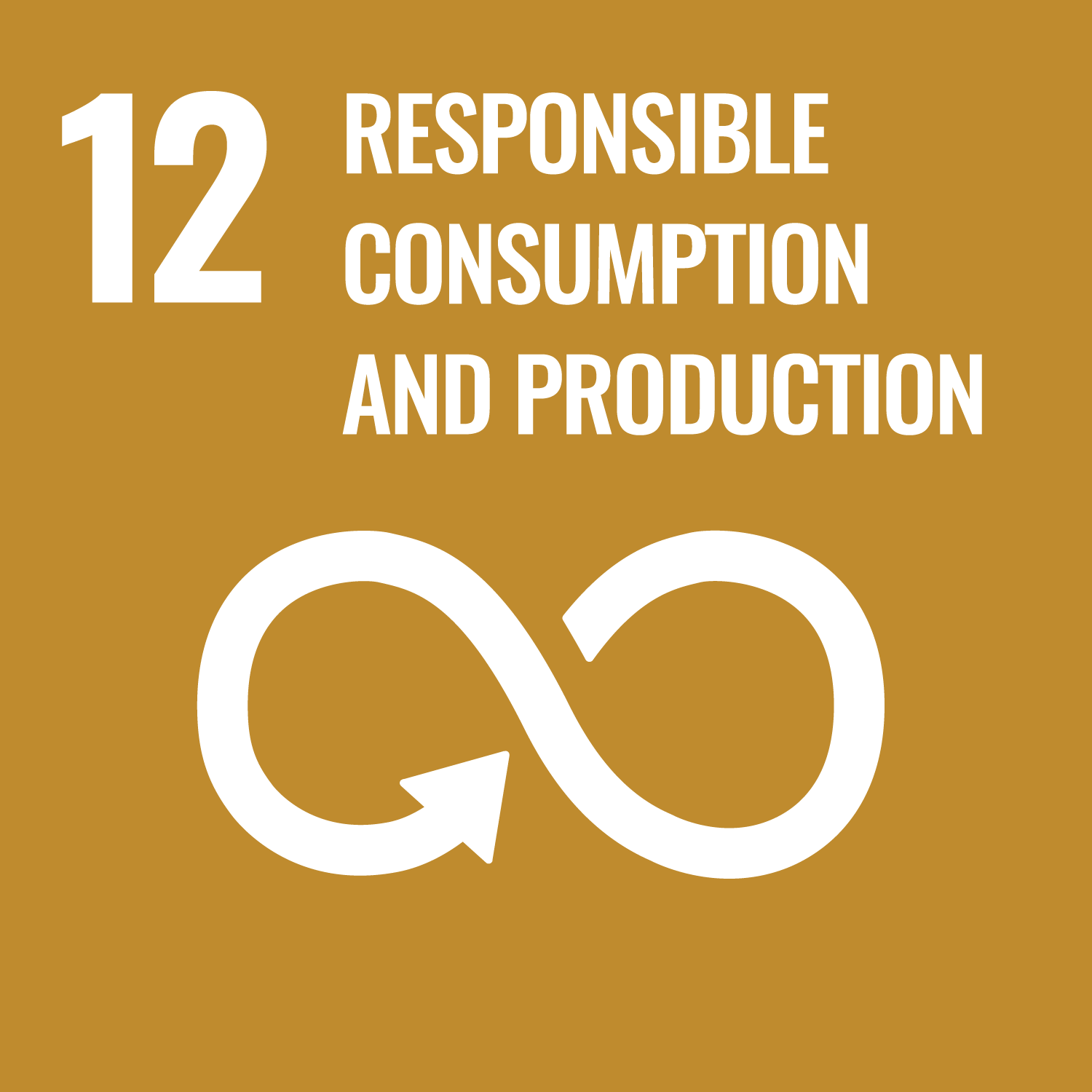
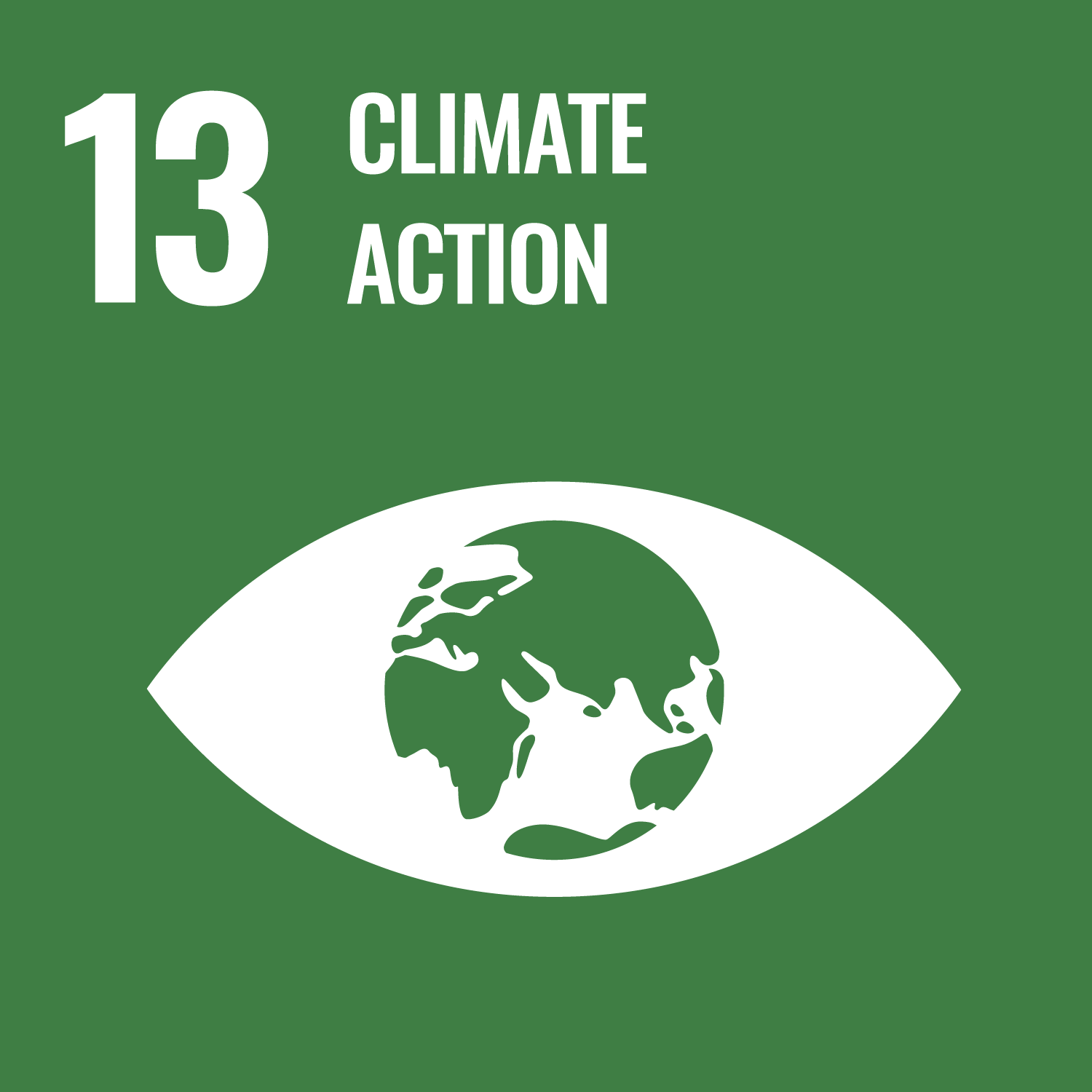
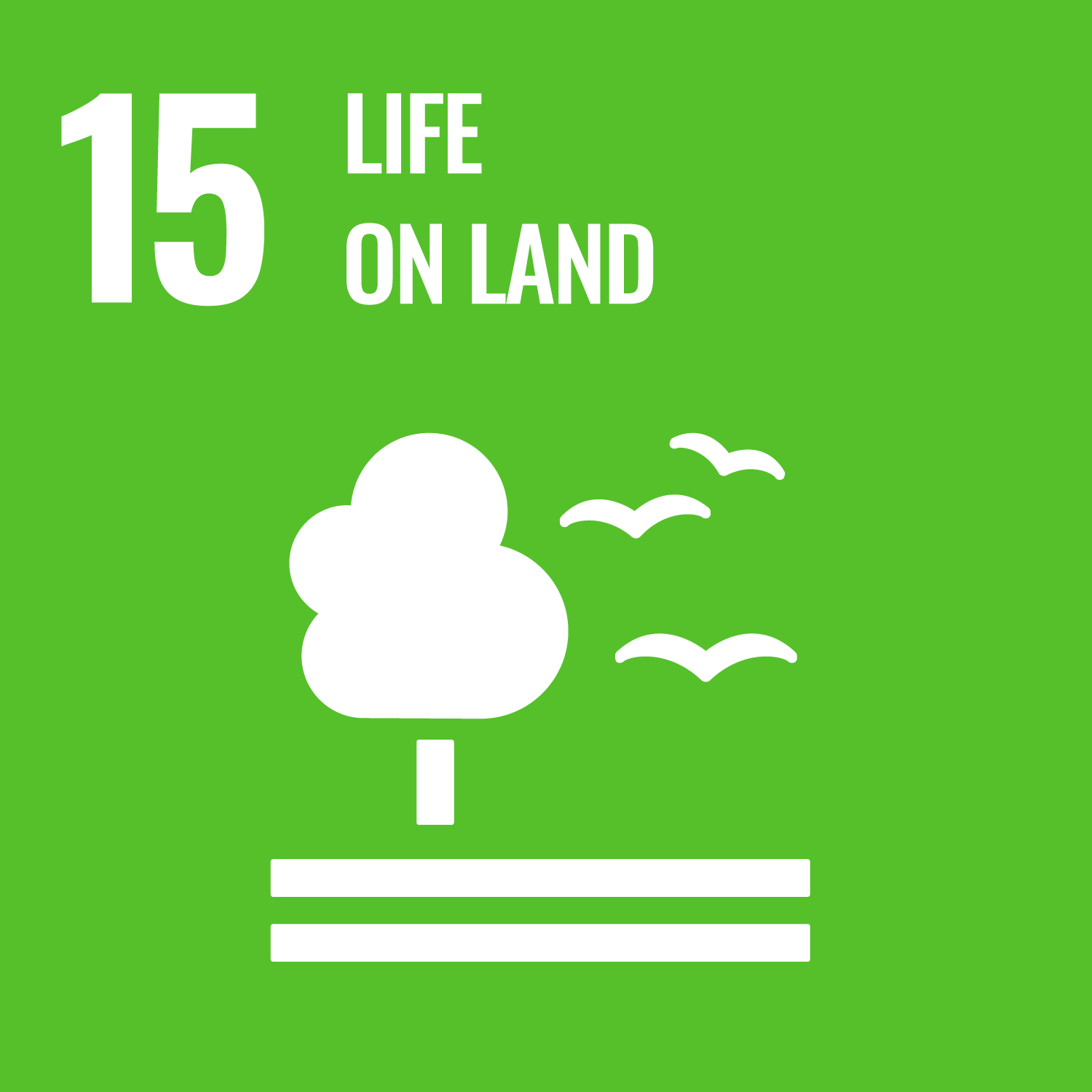
To prepare silage and compost from banana and plantain peels, follow these steps:
1. Chopping: Begin by chopping the peels into smaller pieces for efficient processing. Although not required, it aids in the decomposition process.
2. Silage Preparation
3. Composting:
4. Drying: Composts prepared from peels are best dried before use.
5. Utilization: Use the dried compost as mulch for agricultural purposes.
Last updated on 31 October 2025